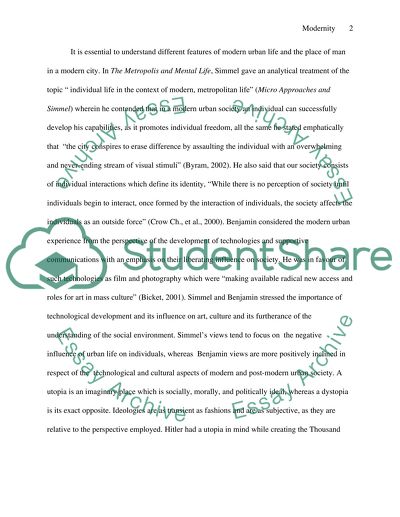Cite this document
(“The Interaction Between an Individual and Society Research Paper”, n.d.)
The Interaction Between an Individual and Society Research Paper. Retrieved from https://studentshare.org/social-science/1503031-modernity-essay
The Interaction Between an Individual and Society Research Paper. Retrieved from https://studentshare.org/social-science/1503031-modernity-essay
(The Interaction Between an Individual and Society Research Paper)
The Interaction Between an Individual and Society Research Paper. https://studentshare.org/social-science/1503031-modernity-essay.
The Interaction Between an Individual and Society Research Paper. https://studentshare.org/social-science/1503031-modernity-essay.
“The Interaction Between an Individual and Society Research Paper”, n.d. https://studentshare.org/social-science/1503031-modernity-essay.


